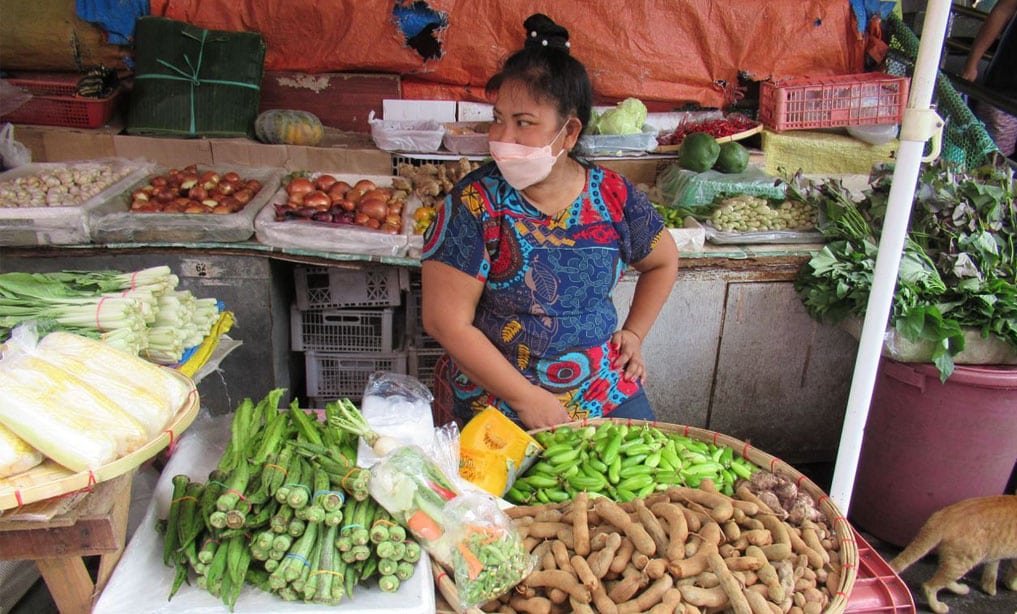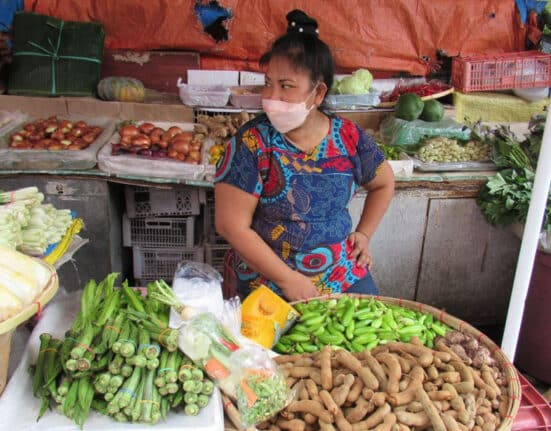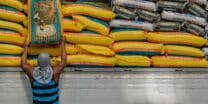FILIPINOS continued to bear the brunt of rising prices of basic commodities and services last month, largely due to higher costs of housing rent and food.
The Philippine Statistics Authority said Tuesday the headline inflation rate in the Philippines surged from 8.1 percent in December 2022 to 8.7 percent in January 2023.
Last month’s inflation is the fastest pace of annual rate increase in 14 years, since November 2008. The inflation rate was lower in January 2022, coming in at 3.0 percent.
Why inflation matters
Inflation is normal in most economies. However, if the surge is too high and if not managed properly, it could erode people’s savings and affect the whole economy.
For most people, inflation strikes at the core with the reduced purchasing power. A Filipino who spent P20,000 in December can only buy goods and pay bills worth P18,260 the following month of January.
Housing, water, power, gas “main drivers of inflation”
“The main driver in the uptrend of inflation in January 2023 was the higher year-on-year increase in the index of housing, water, electricity, gas and other fuels at 8.5 percent, from 7.0 percent in December 2022,” the PSA said in its report..
These four components, when combined, contributed to the 50.8 percent share of the uptrend of inflation in the country.
In a press briefing, PSA Undersecretary Dennis Mapa said housing rentals increased after easing the economy after three years in the pandemic.
“Because of the opening up of the economy, [last] January I think nag-adjust ‘yung mga rents, I was looking at the housing rental in the past three years during the lockdown: 2020 it was 2.5 percent, 2021 it went down to 2.1 percent, and 2022 it was 2.4 percent,” Mapa, also the country’s National Statistician, and Civil Registry General, explained.
“So parang stable ‘yung housing rental during the height of the pandemic but I think nagkaroon ng adjustment. So, it’s 5 percent and it’s quite high, and mataas ‘yung kanyang weight dito sa housing, water, electricity, and fuel,” he added.
Higher cost of food
Food also drove the inflation at 11.2 percent in January 2023. This is higher than the price spikes in December 2022 which was at 10.6 percent.
This represented a year-over-year increase of 2.2 percent. There was also a 1.6 percent increase in the cost of food during the month of January 2022.
Prices of vegetables, tubers, plantains, cooking bananas, and beans increased by 37.8 percent in January 2023. Food inflation in December 2022 was at 32.4 percent.
Other food groups with the high inflation rate in January:
- Flour, bread, and other bakery products, pasta products, and other cereals, 11.3 percent
- Fish and other seafood, 6.7 percent
- Milk, other dairy products, and eggs, 11.3 percent
- Fruits and nuts, 9.8 percent
Food groups with the low inflation rate in January:
- Rice, 2.7 percent
- Corn, 16.0 percent
- Meat and other parts of slaughtered land animals, 7.0 percent
- Oils and fats, 18.5 percent
- Ready-made food and other food products, 9.2 percent
Food and beverages but without alcohol
Food and non-alcoholic beverages also contributed to the ballooning of the inflation rate in January. From 10.2 percent in December 2022, prices of food and non-alcoholic beverages rose to 10.7 percent last month.
Restaurants and accommodation services had an inflation rate of 7.6 percent in January 2023, up from 7.0 percent in December 2022.
Other commodity groups
- Alcoholic beverages and tobacco, 10.9 percent
- Clothing and footwear, 4.4 percent
- Furnishings, household equipment, and routine household maintenance, 5.2 percent
- Health, 3.3 percent
- Recreation, sport, and culture, 4.2 percent
- Personal care, and miscellaneous goods and services, 5.0 percent
Lower inflation rate
Despite seeing a series of spikes in fuel prices for the past month, the PSA reported that the inflation rate in transportation plummeted from 11.7 percent to 11.2 percent.
Regional Inflation
Inflation in the National Capital Region rose to 8.6 percent in January 2023, higher from 7.6 percent in December 2022. The month of January 2022 saw an inflation rate in the region of 1.3 percent, said Mapa.
Western Visayas maintained its rank with the highest regional inflation rate in the country since December 2022 with a 10.3 percent inflation rate, said the PSA.
But compared to the December inflation, this rate is a little lower than the 10.5 percent reported inflation rate by PSA last year.









